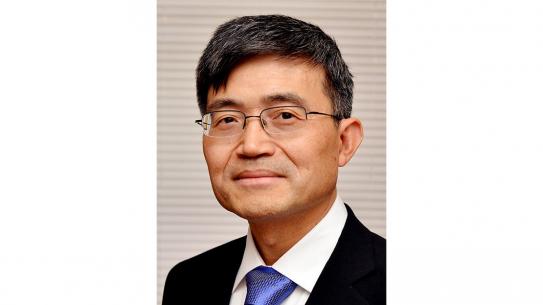New faculty - Fall 2021

Our newest faculty members come to us from all over, but they have a few things in common: interesting backgrounds, research accomplishments, and a passion for teaching.
- Arezoo Hajesfandiari
- Ingrid Paredes
- Gabe Perez-Giz
- Derek Snow
- Richard A. Stein
- David Truong
- Danielle Wright, Ph.D
Arezoo Hajesfandiari
Helping bridge disciplines
 Arezoo Hajesfandiari has deep ties to Buffalo. After coming to the U.S. from Iran, she earned her master’s and doctoral degrees in mechanical engineering from the University of Buffalo (in 2011 and 2015, respectively), and she remained there to teach and conduct research involving size-dependent fluid mechanics theory and the numerical analysis of size-dependent continuum mechanics, among other topics.
Arezoo Hajesfandiari has deep ties to Buffalo. After coming to the U.S. from Iran, she earned her master’s and doctoral degrees in mechanical engineering from the University of Buffalo (in 2011 and 2015, respectively), and she remained there to teach and conduct research involving size-dependent fluid mechanics theory and the numerical analysis of size-dependent continuum mechanics, among other topics.
This fall, however, she’ll be leaving Erie County for Brooklyn, as the newest faculty member in Tandon’s Department of Mechanical and Aerospace Engineering, where she’ll hold the title of Visiting Associate Professor. She’ll be teaching a mixture of fundamental courses in dynamics and more advanced offerings on topics like finite element analysis, a numerical method used to predict how a part or assembly behaves under given conditions — one of her particular areas of interest.
Her aim, she explains, is to use computational methods to bridge the fields of biology, biomedicine and engineering, so that the knowledge gained can be used directly in practical applications. With Tandon’s focus on interdisciplinary collaboration and real-world impact, it sounds like a perfect match. And with all the city has to offer, we hope she won’t miss Buffalo too much!
Ingrid Paredes
An activist engineer
 Ingrid Paredes may be the newest Visiting Industry Assistant Professor in the General Engineering program, but she’s certainly not new to Tandon.
Ingrid Paredes may be the newest Visiting Industry Assistant Professor in the General Engineering program, but she’s certainly not new to Tandon.
Paredes, who earned her Ph.D. in Chemical Engineering at the school earlier this year, was often front-and-center as a doctoral candidate — interviewing Dean Jelena Kovačević for a magazine feature, being profiled by Nanotech NYC, and spearheading Tandon’s participation in the March for Science, to name just a few examples — all while conducting research on the synthesis and characterization of hybrid inorganic-organic nanomaterials for opto-electronic devices under the direction of Assistant Professor Ayaskanta Sahu.
Paredes explains that her goals as a professor are enmeshed with those she has as an organizer of the March for Science, which has evolved from a one-day event into a global movement calling for robustly funded and openly communicated science as a pillar of human freedom and prosperity. “I want to help build a more culturally responsive curriculum and encourage an increasingly diverse student body,” she says. “For the greater good, it’s important for the STEM fields to be accessible to as many people as possible and for the work that we do as scientists, technologists, and engineers to be aimed at benefitting society.”
With every first-year engineering student at Tandon participating in the General Engineering program, Paredes could have a major influence. It’s a big responsibility, so does being on the other side of the lectern give her pause? Not at all, she says: “I can certainly still relate to being a student since I was one not so long ago, and I think they’ll be able to relate to me.”
Gabe Perez-Giz
Making physics accessible
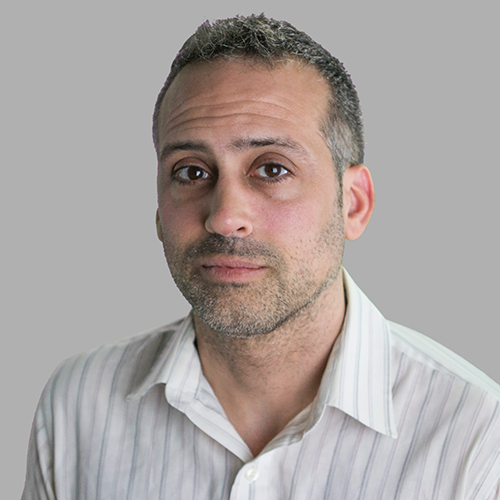 Gabe Perez-Giz did not set out to become a YouTube personality, but when producers from PBS Digital Studios approached him needing a physicist, he was intrigued. He ultimately agreed to write for and host two YouTube channels —"Space Time" and "Infinite Series" — for the venerable broadcaster’s online and streaming division. His videos about mathematics, computing, physics, space science, and space policy have now garnered over 30 million views, thanks to his engaging delivery and ability to explain complex topics in relatable and understandable ways. (Is a video-game barrel roll possible in space? How realistic is the artificial gravity depicted in sci-fi films? Is there a planet where the acrobatics of the characters in Super Mario World might be physically possible? Viewers have learned all this and more from Perez-Giz.)
Gabe Perez-Giz did not set out to become a YouTube personality, but when producers from PBS Digital Studios approached him needing a physicist, he was intrigued. He ultimately agreed to write for and host two YouTube channels —"Space Time" and "Infinite Series" — for the venerable broadcaster’s online and streaming division. His videos about mathematics, computing, physics, space science, and space policy have now garnered over 30 million views, thanks to his engaging delivery and ability to explain complex topics in relatable and understandable ways. (Is a video-game barrel roll possible in space? How realistic is the artificial gravity depicted in sci-fi films? Is there a planet where the acrobatics of the characters in Super Mario World might be physically possible? Viewers have learned all this and more from Perez-Giz.)
He’ll be bringing those talents to bear as the newest industry assistant professor in Tandon’s Department of Applied Physics and is especially looking forward to introducing engineering majors, who may have some trepidation about their required physics courses, to the wonders of his field. The undergraduate years are the perfect time to figure out how the world works and to gain a solid foundation, he says, and he welcomes the chance to contribute to the process. “In the Department of Applied Physics, teaching is our whole focus,” he says, “and that’s a responsibility I take very seriously.”
Perez-Giz has taught courses in Princeton University’s Program in Applied & Computational Mathematics, and in the Physics and Applied Physics departments at Columbia (his alma mater), and he has trained researchers to use advanced supercomputers at the Princeton Institute for Computational Science & Engineering (PICSciE). His own training is in general relativity, and he has published papers on black hole orbital dynamics, gravitational wave physics, and exotic compact objects.
He is not comfortable just in the classroom or lab, however: his CV also includes a stint as an AAAS Science & Technology Policy Fellow, a post that allowed him to learn firsthand about the inner workings of federal policymaking. One other place he’s sure to be comfortable is our school since his new post is something of a homecoming: Perez-Giz did his postdoctoral research at the Center for Cosmology and Particle Physics (CCPP), right here at NYU.
Derek Snow
Applying machine learning to finance
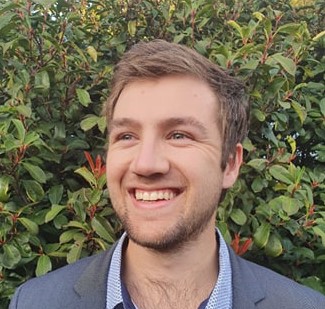 With a significant percentage of restaurants failing within five years of opening, aspiring restaurateurs might wish they had a crystal ball. Visiting Industry Assistant Professor of Finance and Risk Engineering Derek Snow can provide the next best thing: an algorithmic model that takes into account some 150 factors to make accurate predictions about whether or not that new bistro on the corner is going to become a neighborhood fixture or an empty storefront.
With a significant percentage of restaurants failing within five years of opening, aspiring restaurateurs might wish they had a crystal ball. Visiting Industry Assistant Professor of Finance and Risk Engineering Derek Snow can provide the next best thing: an algorithmic model that takes into account some 150 factors to make accurate predictions about whether or not that new bistro on the corner is going to become a neighborhood fixture or an empty storefront.
That’s just one of the projects and applications Snow — an alumnus of the Alan Turing Institute, the UK’s Institute for Artificial Intelligence, and the Oxford-Man Institute of Quantitative Finance at the University of Oxford, among other institutions — has been responsible for. Take DeltaPy, a Python software package for data augmentation that he created in 2020 that has been downloaded more than 10,000 times since then, or the work he conducted for banking giant HSBC on deep generative models and forecasting with large datasets.
Snow, who earned his doctoral degree from the University of Auckland, in New Zealand, first discovered his love of programming while doing an honors thesis, and upon realizing that many institutions were still using antiquated methods of modeling, he combined his interest in finance with his technical skills to forge a new research and career path.
That path has taken him as a visiting doctoral student to the University of Cambridge and to NYU, where he first met FRE Chair Peter Carr (and where he happened to be studying when he published the two most widely-read papers of the year in the Journal of Financial Data Science). His CV also includes time as an advisor to the New Zealand stock exchange and as a data scientist at the Cambridge Centre for Alternative Finance.
At Tandon, he’ll be teaching an overview of machine learning and finance, as well as special topics offerings. And who knows? He just might be able to tell you whether or not to rush to that new bistro while it’s still in business.
Richard A. Stein
Studying the spread of disease
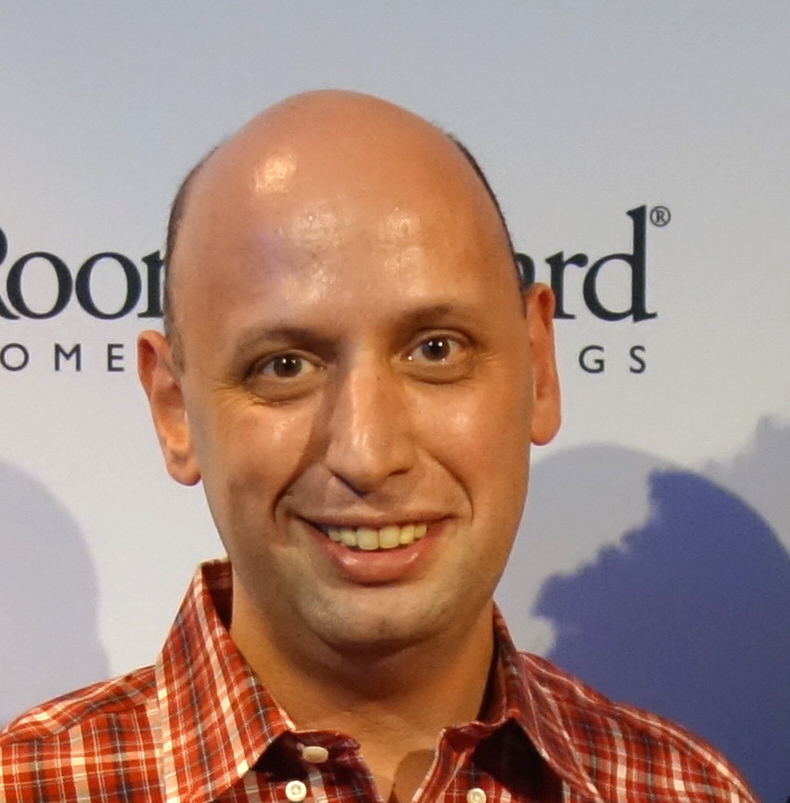 Even before the COVID-19 pandemic hit, Richard A. Stein, Tandon’s newest Industry Associate Professor of Chemical and Biomolecular Engineering, was called upon as an expert to answer a variety of questions about the spread of infectious diseases: Why are some people more contagious than others? What can the historical figure known as Typhoid Mary tell us about disease super-spreaders today? Is the year of your birth linked to flu risk?
Even before the COVID-19 pandemic hit, Richard A. Stein, Tandon’s newest Industry Associate Professor of Chemical and Biomolecular Engineering, was called upon as an expert to answer a variety of questions about the spread of infectious diseases: Why are some people more contagious than others? What can the historical figure known as Typhoid Mary tell us about disease super-spreaders today? Is the year of your birth linked to flu risk?
Stein, who received an M.D. in his native Romania before coming to the U.S. to earn a Ph.D. in the Department of Biochemistry and Molecular Genetics at the University of Alabama at Birmingham in 2005, has recently turned his attention to a cross-disciplinary topic at the interface between medicine and social science: how misinformation and conspiracy theories related to COVID‐19, one of the most significant pandemics of our lifetime, have muddied not only public discourse but also the scholarly literature — and what can be done about it. (Better media literacy is key, he and his colleagues say, as well as more extensive efforts to interrogate the impact of misinformation, disinformation, and conspiratorial thinking on medical and public health topics and emergencies.)
Stein — whose connection to NYU dates all the way back to 2006, when he worked as a research scientist in the School of Medicine’s Department of Pathology — has taught at Tandon as an adjunct, but his new post will allow him the lab space to delve deeper into his core topics of interest, which involve the 3D mapping of proteins as they relate to infectious disease, and the study of DNA organization in bacteria. He’ll be teaching an introductory course in cell and molecular biology, as well as offerings on stem cells and development, and epigenetics (the study of how behaviors and environment can cause changes in the way genes work).
He’s looking forward to guiding students in their own projects and hopes they will keep public health and societal benefit at the forefront of whatever they do. Even the most basic research conducted in the lab has the potential to develop into projects that could make a positive impact on patients and on society, Stein, who engaged in the study of cell-cell fusion in yeast and HIV pathogenesis as a post-doc, asserts.
David Truong
Editing genes to improve healthcare
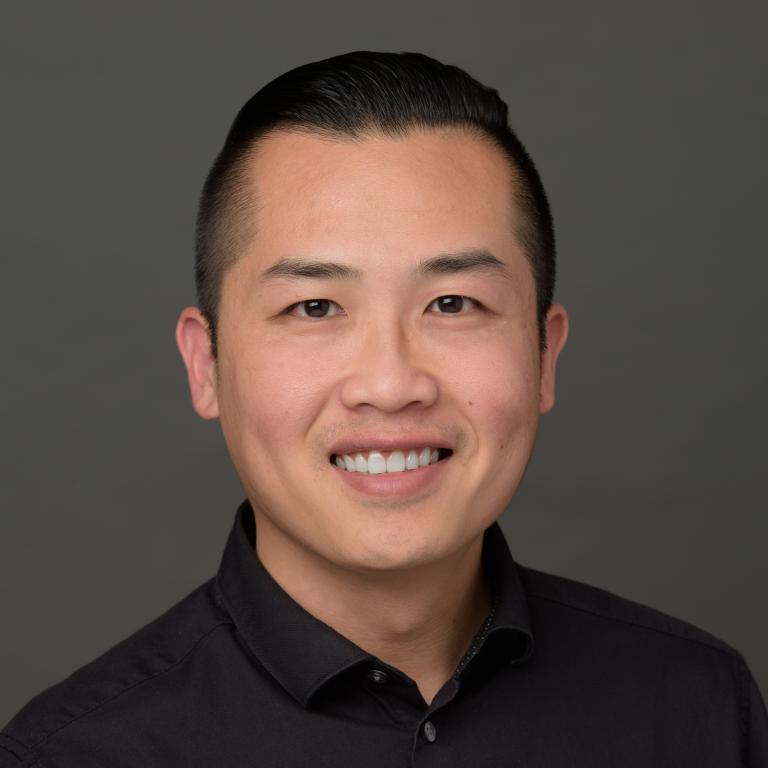 Thanks to widespread news coverage, even laypeople have heard of CRISPR, a technology that allows researchers to alter short sequences of DNA and modify gene function, with the goal of one day correcting genetic defects and preventing disease.
Thanks to widespread news coverage, even laypeople have heard of CRISPR, a technology that allows researchers to alter short sequences of DNA and modify gene function, with the goal of one day correcting genetic defects and preventing disease.
In metaphoric terms, if CRISPR lets researchers edit the equivalent of a sentence, the work going on in David Truong’s lab aims to let them write an entire book. Truong, a new Assistant Professor of Biomedical Engineering, is a synthetic and systems biologist with research interests spanning cell immunotherapy, genome engineering, epigenetics, and regenerative medicine. His current focus is on human-induced Pluripotent Stem Cells (iPSCs), which have the potential to transform from an embryonic state into any type of cell needed, whether that be a heart cell, an immune cell, or a neuron.
Specifically, he’s building programmable dendritic cells, which connect the biological systems that detect pathogens and control adaptive processes like vaccine response, in the hopes of finding new T-cell receptors from the blood of cancer patients for use in cell therapy. Additional applications of this work include cancer vaccines, reducing autoimmune responses, and preventing rejection of cell or tissue transplants.
Truong is conducting his research with funding from a prestigious National Institute of Allergy and Infectious Diseases DP2 New Innovator Award, and his other laurels include a Delil Nasser Award for Professional Development from the Genetics Society of America, and a National Institutes of Health Ruth L. Kirschstein National Research Service Award.
Aside from his time in the lab, Truong is eager to be in the classroom. As a first-generation college student whose parents had emigrated from Vietnam during the war there, he knows only too well the roadblocks that students in similar situations often face. “They may not even be aware of all that academia has to offer,” he says, “and it’s our job as professors to open their eyes to the possibilities.”
He wants students to be aware, as well, of the entrepreneurial potential of conducting lab bench-to-bedside research. “If you have a great idea, you should be following it all the way to the market,” he says. Truong himself has been involved in Neochromosome, a New York-based synthetic genomics company, where he led the mammalian genome engineering program.
His eponymous lab is located along the Eastside Medical Corridor, not far from where he engaged, until 2020, in postdoctoral research at NYU Langone. After a gratifying academic journey of his own, he is looking forward to helping his students discover what motivates and inspires them. “Biology is an enormous subject, and as biomedical engineers we get to synthesize information and make important connections,” he says. “There’s really something to interest everyone.”
Danielle Wright, Ph.D
Examining intersectional topics in urban public policy
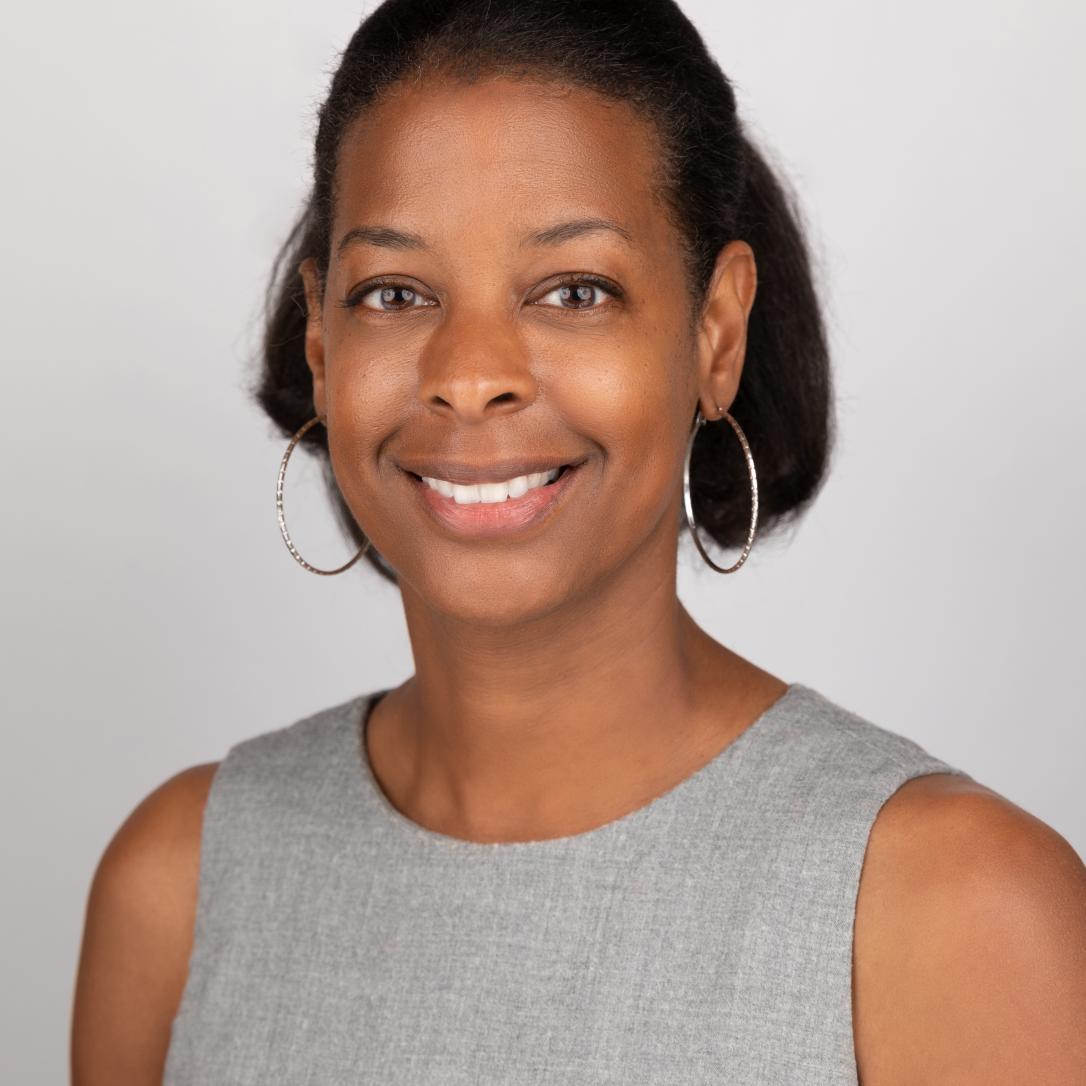
Danielle Wright Ph.D is accustomed to examining intersectional topics in order to find answers to thorny questions. What does your zip code have to do with your access to education? Can the built environment in which you live and work affect your health outcomes and life trajectory?
At the University of Texas, Austin’s Institute for Urban Policy Research and Analysis (IUPRA), where Dr. Wright serves as the associate director, she helps inform legislative policies related to those questions and others by applying empirical data, and now, she’s bringing that same problem-solving mindset to bear as a Visiting Associate Professor and Interim Director of Academic Affairs at NYU Tandon’s Center for Urban Science and Progress (CUSP).
“I am eager to roll up my sleeves and participate in the innovative work taking shape at CUSP,” she says. “I was born in Queens, lived in the city for years, and worked at NYU in the past, designing experiential learning initiatives. In a way, I am coming full circle with this appointment.”
Wright believes all students bring a level of expertise to the classroom, particularly at a center like CUSP, which attracts many mid-career professionals, and she intends to foster a collaborative environment in which students learn from one another, as well as from her. “We all share the goal of helping people, communities, and cities become stronger and more resilient,” she explains, “and everyone has something to teach or contribute. My goal is to bring that contribution and skill out in my students.”
At IUPRA, which was launched a decade ago with help of the Texas Legislative Black Caucus and the university’s John Warfield Center for African and African-American Studies, researchers have helped move the policy needle on several issues, thanks in no small part to her ability to leverage data, engage a wide variety of stakeholders, and forge ahead with purpose. As a faculty member in the college of education at UT Austin, Dr. Wright taught her students how to critically engage data and the governance mechanisms impacting city experience: she hopes to make a similar difference here, in her native city, and is excited to teach CUSP students to do so as well. She is particularly interested in developing students’ skills to address society’s needs through an applied focus to engineering, policy and the STEM fields using methods that give attention to issues of equity, access and experience. Wright believes that “ultimately, policy is all about people.”
Like her approach to policy, connecting CUSP’s mission to develop solutions for complex urban problems through engagement, education and research sits at the heart of her plans for building city and community resilience through NYU Tandon and CUSP.




